Introduction to Gourmet Mushroom Growing
by Byron Emmons
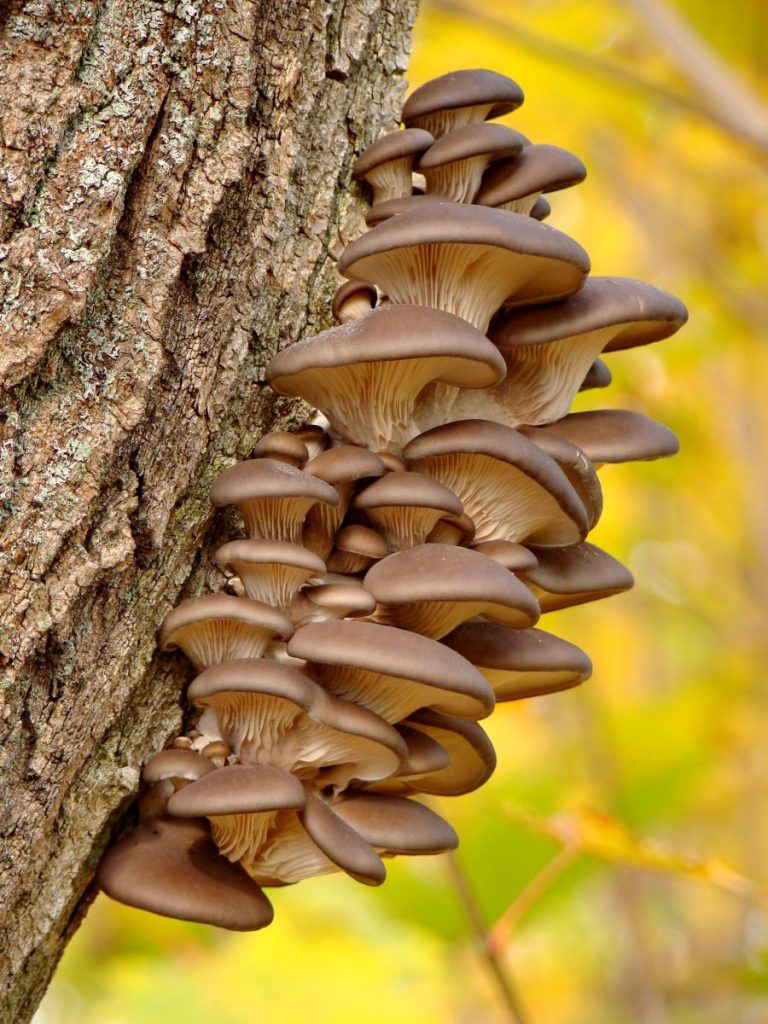
What are mushrooms?
Mushrooms are the fruiting bodies of organisms called Mycelium or Fungi. The diversity of these organisms is
extremely large and many more are being discovered every day!
While many mushrooms are edible, many are not, and can even be lethal. Be very careful when dealing with
mushrooms in order to know which will be safe to eat.
The evolution of Fungi goes back millions and millions of years. They have been part of the ecosystem for a very long time.
Fossil evidence goes back at least 115 million years.
Gourmet Mushroom Varieties
What are the common gourmet mushroom varieties?
White Button & Portobello
○ The most commonly cultivated mushrooms for commercial production in the US. These are grown in very large quantities and are relatively shelf-stable. However, these are difficult to grow at home.
Oyster
○ Oyster mushrooms are easy to grow at home. Most strains are very aggressive and will allow lots of leniency for beginner growers. Can be grown on many different growing substrates.
Lion’s Mane
○ Another common cultivar for home cultivation. Lots of medical benefits as well as being delicious!
Shiitake
○ The most commonly grown commercial mushroom in the world. A less aggressive mushroom that takes patience and practice to grow.
Many Many More!
○ Literally THOUSANDS of other varieties that you can grow. Depending on your growing setup and desired outcomes you can try growing different types. When you get more advanced you can go and harvest new varieties from nature.
Why Eat Gourmet Mushrooms?
Mushrooms offer a plethora of health benefits, many of which are still being discovered. Among them are:
Mushrooms generally are high in protein, fiber, antioxidants, vitamin B, C, & D. They are low in fats, sugar, & sodium.
They have been proven to have cancer-fighting properties, heighten your immune system, lower your cholesterol, and have anti-inflammatory properties.
Mushrooms must be cooked to fully release their nutrients, they have very tough cell walls and multiple chemical compounds that need to be broken down with heat.
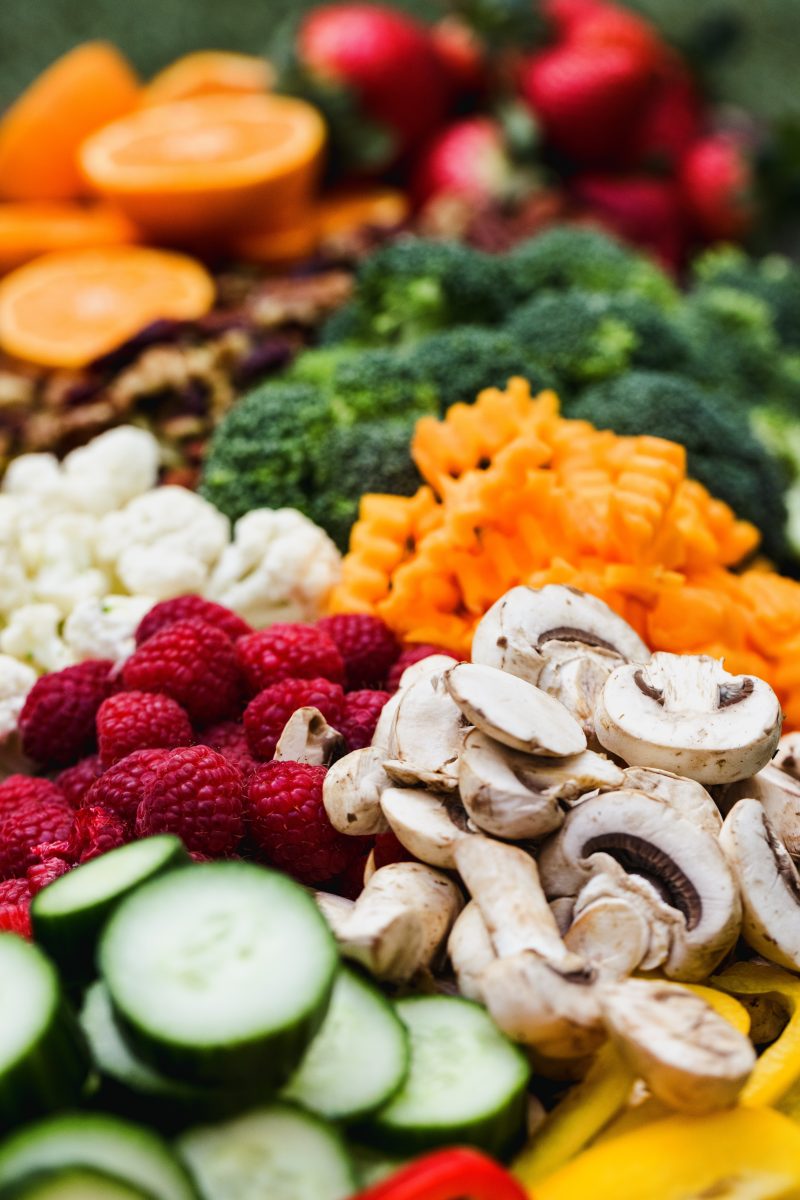


Why Grow Your Own Mushrooms?
Quality and freshness
Many gourmet mushrooms have a short shelf life and by growing them in your own home/property you will be able to eat them at peak freshness and control the quality of the growing media.
It is a fun hobby!
There are so many different mushrooms and ways to grow them that you will never get bored with new combinations.

Gourmet Mushroom Growing Terminology
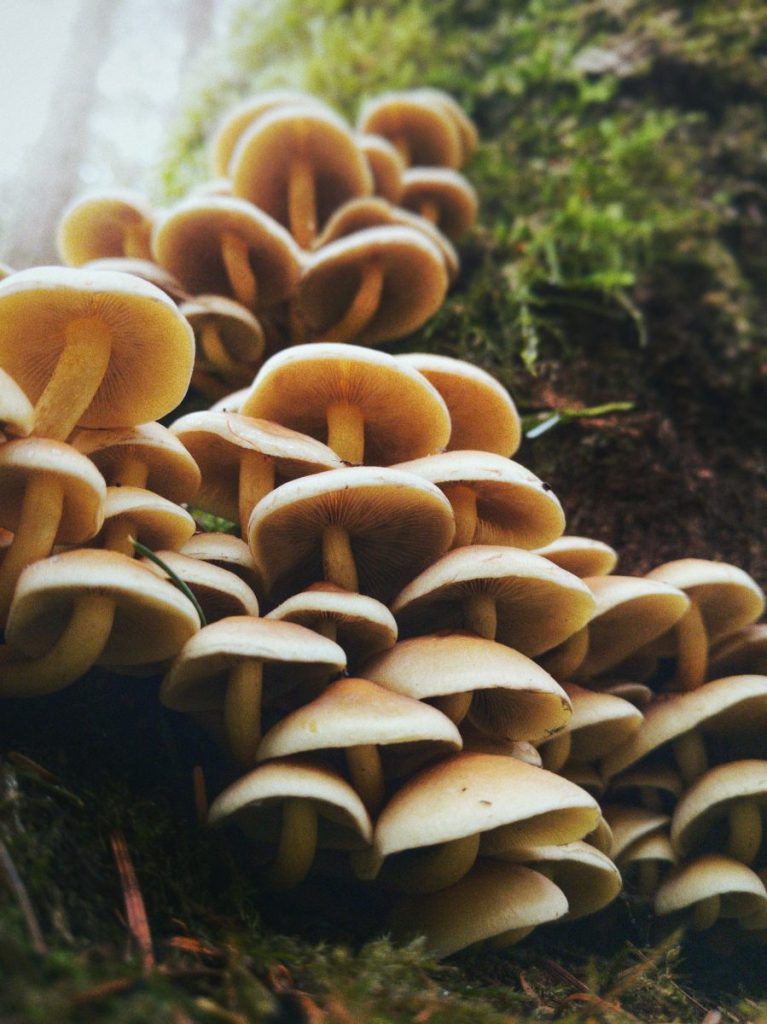
Spores vs Spawn
The spores of the mushrooms are basically their “seeds”. One square inch of oyster mushroom can produce 4 million spores! These spores are microscopic and are designed to float in the air to spread the mushrooms around the environment. When growing indoors it is critical to harvest before large amounts of spores are released or have proper ventilation to control exposure to the spores. The spores are not toxic themselves but in high concentrations can give people flu-like symptoms. Spore-based cultivation can yield genetically unique mushroom strains with good or bad traits. Not recommended for beginners.
Spawn is basically reproduction via various cloning technologies. The most common are explained below.
Grain Spawn
Grain spawn is the technology of using various forms of tissue culture to propagate the mycelium on grain. The most common are wheat or rye berries, popcorn, birdseed, or milo. The grains are hydrated and then sterilized before the desired mycelium is added.
Grain spawn can then be propagated into more grain spawn (Grain to Grain) or used to inoculate the growing substrate.
Agar Plates
Agar is derived from seaweed. When heated and then when cooled to room temp will solidify. It is commonly used in biological lab work. Simple sugars and nutritional elements are added to the agar to form a sterile growing media for the mycelium to grow. Agar plates are most commonly used in isolating mycelium strains from contaminates or to test the vigor of strains.
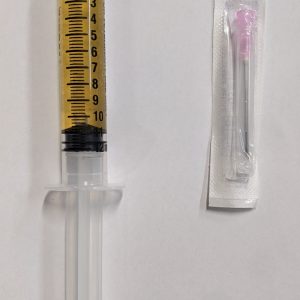
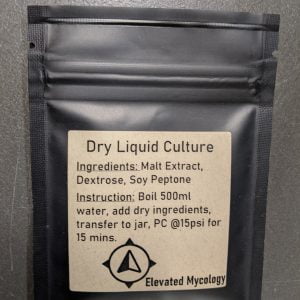
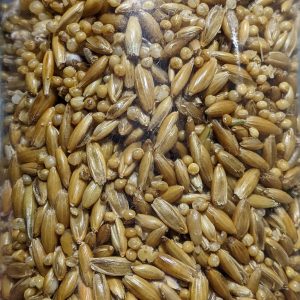
Liquid Culture
Liquid culture is similar in theory to agar for propagation except in a 3D space. Once a strain is isolated then it can be added to a liquid broth to grow the mycelium. When the liquid culture is colonized then it can be extracted and used to inoculate grain spawn or substrate.
Growing Substrates
The growing substrate is dependent on the type of mushroom you are growing and your growing process. The most common types are hardwood sawdust, wood shavings, straw, whole logs, and cardboard. The preparation of each type of substrate will vary.
Fruiting conditions
Mushrooms can vary greatly in their requirements for fruiting conditions. The two main things to consider when encouraging your mycelium to fruit are humidity and fresh air exchange (FAE). The key to success here is to mimic what the mushrooms need to fruit and let their spores be released into the environment. This is most likely going to happen during a fall or spring stormy/wet season. They want high humidity and moving air so that they know when they release their spores that they will float away and prosper. When CO2 levels get too high it is a sign to the mycelium that there is not enough air movement for the spores to float away and they will abort the fruiting bodies.
Most oyster mushrooms want to have humidity around 80-90% and nearly continuous FAE. There are three different ways to accomplish this, each with more effective levels of fruit size and quality.
First is the most simple where you put the colonized mycelium kit on your kitchen counter and put a small plastic or paper bag over the kit. Then you spray with water 1-2 times a day. After a few days, pins will start to form and then you want to continue to mist daily while also fanning to keep the FAE high.
The second is making a fruiting chamber commonly known as a Shotgun Fruiting Chamber. This is a plastic storage box that has had many holes drilled in it (looking like it got shot with buckshot) and then the bottom is filled with a non-organic water-absorbing material like perlite or vermiculite that is saturated with water.
The third is called a Martha Tent. This is a self-contained structure that can control humidity and airflow with sensors and fans. There are many different ways to build these at different scales depending on your needs.


